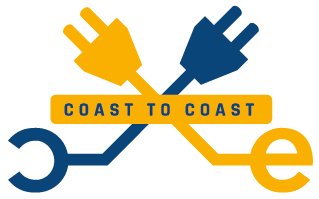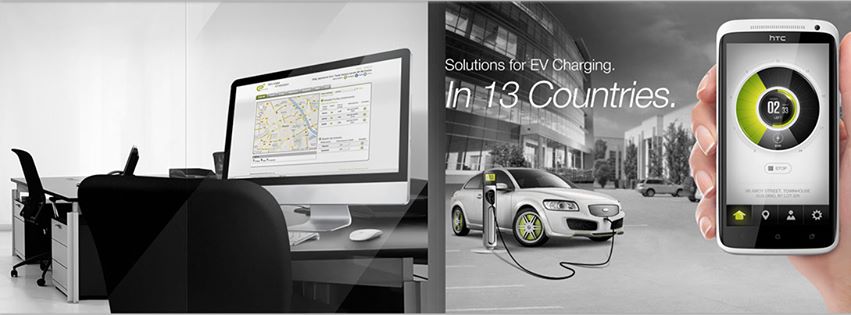
Smart mobility research seeks to ease traffic congestion by getting us where we need to be faster, safer, and with fewer negative impacts on the environment. To further this research, the province of North Brabant entered into an agreement with the state of Ohio, its capital city, Columbus, and Ohio State University (OSU) to share knowledge and experiences regarding innovations in smart mobility. Student exchanges between OSU and TU Eindhoven will also take place. It’s a nice idea, but the collaboration left some wondering why? Why partner with a city 6500 kilometers away when Eindhoven already has strong research facilities in the Automotive Campus and TU Eindhoven?
“For Dutch partners it’s a match made in heaven,” says Peter van Deventer, Director of the “Coast to Coast Smart e-Mobility” program, which is based at the Dutch Consulate of San Francisco. Coast to Coast played a major role in bringing this agreement together, and van Deventer was an important facilitator along with Eindhoven’s mayor Rob van Gijzel. Van Deventer first looked to Ohio because he received his PhD in engineering from OSU 25 years ago. He reconnected when he saw their research regarding smart mobility and informed them of what is happening between the Netherlands and the West Coast. Interested, OSU joined the Coast to Coast program in 2014 and a Midwest network began.
“A paradigm shift in mobility has occurred over the past 10 years,” says van Deventer. “What we once only dreamed of is becoming a reality and the auto industry is investing billions.” Self-driving cars and vehicles powered solely on electricity are no longer a science fiction fantasy. “Mobility is changing rapidly and there’s new initiative,” he continues. He cites the booming market in China for electric vehicles as an example, along with the demand for zero emission buses within the next decade. Increased mobility and transportation systems are also vital for cities’ livability standards. “If you look at the budgets for Smart City investments, somewhere between 50 to 75 percent is going towards new mobility solutions,” he says. “It’s wise for the Netherlands to align with international activity. Connections are key and this city (Columbus, Ohio) has the ambition and the resources.”
In 2016, Columbus competed against 77 other American cities to win the Smart City Challenge. The U.S. Department of Transportation challenged cities “to use emerging transportation technologies to address their most pressing problems through a mixture of competition, collaboration, and experimentation.” The city received $40 million from the U.S. Department of Transportation and an additional $10 million from Paul Allen’s Vulcan, Inc. The city already raised $90 million from private partners with the goal to becoming “an electrified, low-emissions transportation hub,” according to an article in Tech Republic.
“We were looking for opportunities beyond Silicon Valley and found Columbus’s size (population 860,000) appealing,” says Johann Beelen of Brainport Eindhoven. Some of the fields already in collaboration, according to Beelen, include smart traffic management, living labs, self-driving cars, traffic safety issues, and connected cars or “platooning” (a group of vehicles, usually self-driving cars, that can travel close together safely at a high speed). In addition, he says, “several smart mobility companies from Brainport Eindhoven are developing businesses over there.” For instance, NXP is working with Columbus to deploy wireless technology that allows cars to exchange data, preventing accidents and improving the flow of traffic. V-tron, 2Getthere, and OC Mobility also look to expand their business to Ohio.
Since the Eindhoven region is also steeped in technology, named the world’s “Intelligent Community of the Year” for 2011 by the Intelligent Community Forum, it makes sense for the two regions to form a partnership. Both Columbus and Eindhoven “are mid-sized growing cities,” says Bram Hendrix with AutomotiveNL. “This partnership is a good example of what can be done all over the world. We are working on similar projects and have lots of experience with self-driving vehicles and electrifying vehicles. It accelerates the development to study there and see how we can use it here.”
“The American Midwest is the hub of the auto industry,” says van Deventer. “We signed a letter of intent, positioning ourselves to set up businesses and create jobs. It is a stepping stone to further action.”
Published by E52.nl, Cristin Middlebrooks









